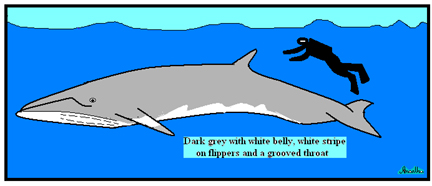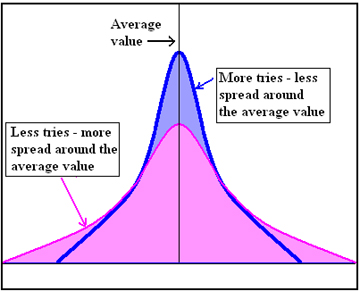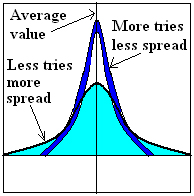Statistics exposes whale poaching-
Higher math and whale poaching
That DNA marks every cell in the body makes it versatile tool for the detective, says S.Ananthanarayanan.
Oregon State University scientists used this feature of DNA to crack a difficult problem of how many whales fishermen in the Sea of Japan were snaring.
Endangered species
The Minke whale or the Lesser Lorqual is a small Baleen whale, the family that includes the Humpback whale, the Fin whale and the Blue whale. It
measures about 2.5 metres at birth and 8 to 10 metres when grown. It is dark grey above and has a white belly, with grooved throat and a white patch on the flipper. The Minke is common in the North Atlantic and
Pacific. Although all commercial whaling is forbidden by the International Whale Commission, the Minke is still at risk.

In South Korea, whale meat can be sold if the animals had been caught by accident in fishing nets, a ‘bycatch’, like a ‘byproduct’. But each such death
of a whale needs to be reported to the Government. Between 1999 and 2003, fishermen reported snaring 458 Minke whales. But a question was whether the whole catch was reported. The New Scientist reported last week that Scott Baker and others of Oregon State
University in Newport have found that the true catch was nearly twice that number and threatens the survival of whales in the Sea of Japan.
Counting fish
So how does one find out how many fish there are in a pond? Without catching all the fish, that is. Well, a method is to first catch a fair sample, say
100 live fish and mark them in some way. One method used is to bathe the fish in a liquid called calcein. Calcein binds with calcium, which is there in the scales of fish, and fluoresces. The stain does not wash off for 10 to 12 days. The compound has been
used in quantifying calcium content of stone, for tracing blood flows within the eye and for examining bone growth in animals. When fish are put in a salt bath followed by calcein immersion, they develop a stain that is detectable without having to sacrifice
the fish.
So a 100 fish are marked with calcien and thrown back into the pond. After the fish mingle for a week, another sample of a 100 fish is snared. And we
check how many of them have a calcein stain. If half the fish have the stain, it shows that there are 200 fish in the pond. If only a tenth of the fish are stained, then there are a 1000 fish, and so on.
Minke in the market
But how does this help trace and count whales that have been illegally killed? The scientists collect whale meat from the market and use DNA fingerprinting
to determine how many whales the meat came from. This data alone, which was only a sample, cannot trace all the whales killed. So they went on to the ‘mark and recapture’ method, which ecologists use to estimate different animal populations. With the population
estimated, successive surveys of the appearance of marked whales in the market could reveal the number of whales that had been killed.
The method works because the estimated rate of marked specimens appearing in a sample is more regular if the size of the sample is larger. On the average,
if there are 10 marked specimens in a population of 100, we should find one marked item in every 10 we collect. But this need not happen every time, as we may find groups of 10 with no marked item or sometimes with more than one item. But if we took a sample
of 20, then, again, it is not necessary that we would find exactly 2 items.
But the behaviour is more regular in a sample of 20 than in a sample of 10, with a closer approach of the mean to the real average.


In this way, by looking at the how wide or narrow the variation was in the rate of identified whale DNA turning up in the market, the scientists were able to find how large the sample must have been, which is the correct
number of whales being killed!
[The writer can be contacted at simplescience@gmail.com]